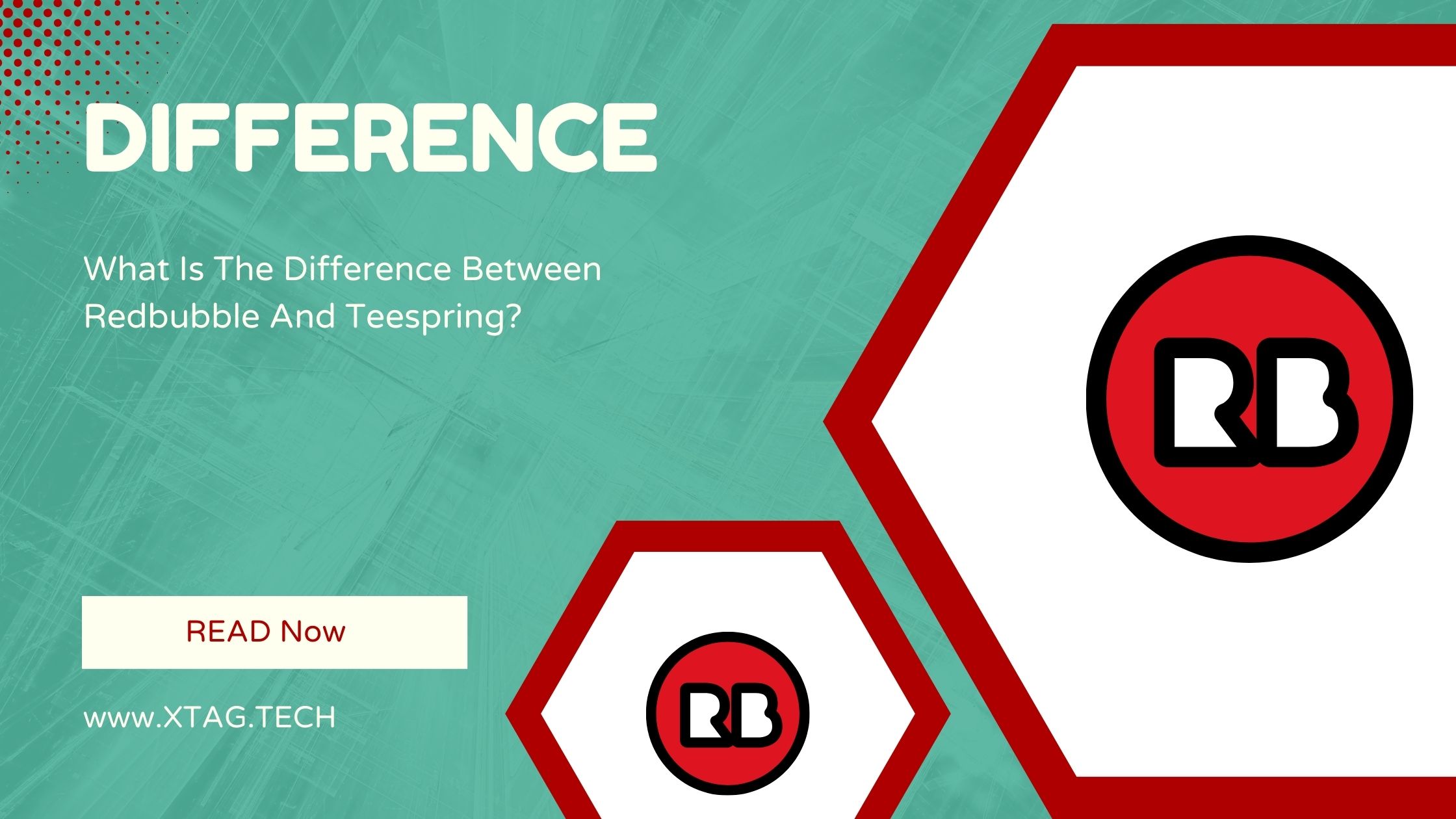Embarking on a journey to transform your artistic vision into tangible merchandise? In the realm of print-on-demand services, Redbubble and Teespring have emerged as go-to destinations for creators seeking to showcase their designs on a variety of products. As we delve into the intricacies of these platforms, it’s essential to grasp the fundamental differences that set Redbubble and Teespring apart.
This exploration will not only assist creators in making informed decisions but also shed light on the unique offerings each platform brings to the table. So, let’s unravel the tale of Redbubble versus Teespring, discovering the distinctive features that make each platform a compelling choice for creators worldwide.
Redbubble Overview 2024
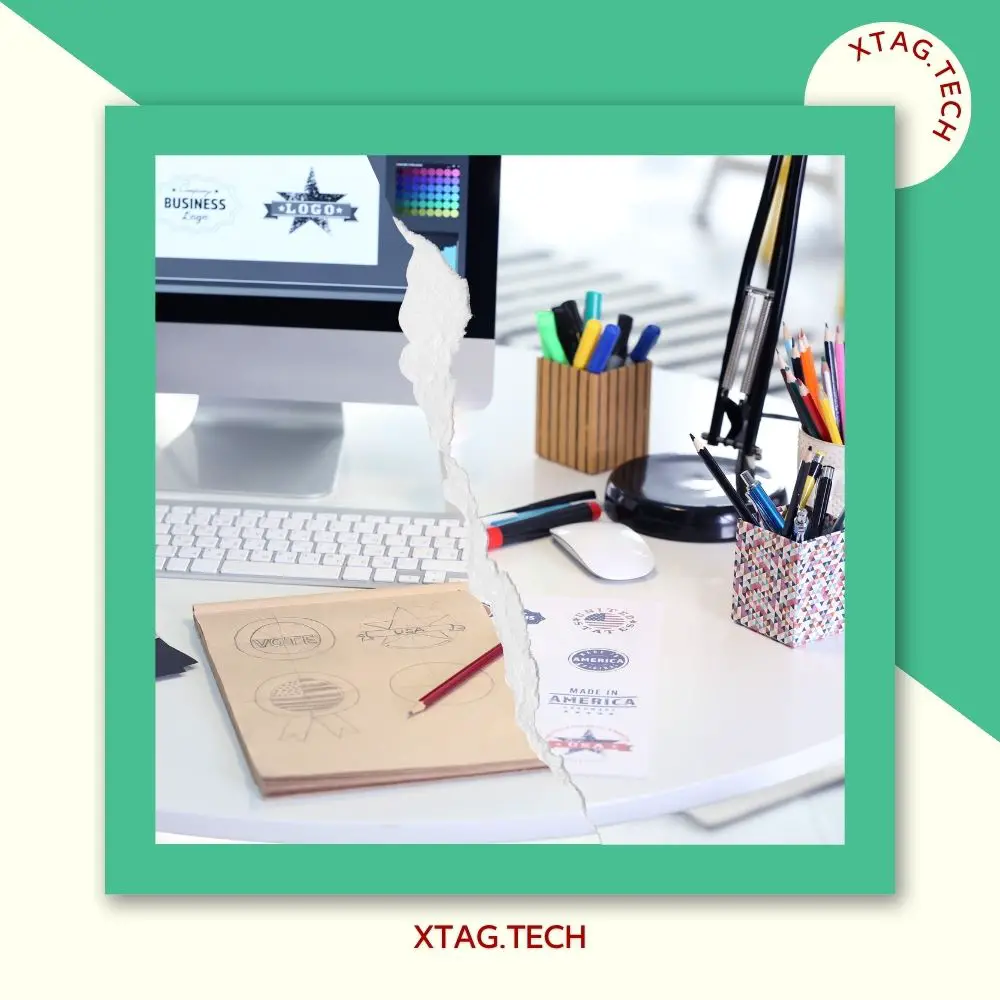
Redbubble is a well-established online marketplace that allows artists to showcase their work on various products. It provides a platform for independent artists to reach a broader audience without the hassle of managing manufacturing or shipping logistics. Artists can upload their designs, which can then be printed on a wide range of products like clothing, accessories, home decor, and stationery. Redbubble handles the printing, shipping, and customer service, while the artists earn a commission on each sale.
Teespring Overview 2024
Teespring, on the other hand, is another online platform that enables creators to design and sell custom merchandise. It offers a similar concept of putting designs on various products, but with a slight difference in its approach. Teespring emphasizes integration with social media, providing tools to facilitate marketing and sales. Creators can design their products, set their prices, and utilize Teespring’s manufacturing and fulfillment services.
Redbubble vs. Teespring Business Model
Redbubble operates on a marketplace model, connecting artists and designers with potential customers. Artists upload their artwork and designs to the platform, which can then be printed on a vast array of products. Redbubble handles the entire process from printing to shipping to customer service. Artists earn a commission on each sale made through their designs. The key advantage of Redbubble’s business model is the hands-off approach for artists. They can focus on creating designs while Redbubble takes care of the rest, including order fulfillment and customer inquiries. The global reach and marketing efforts of Redbubble also ensure a broader audience for artists.
Teespring Business Model
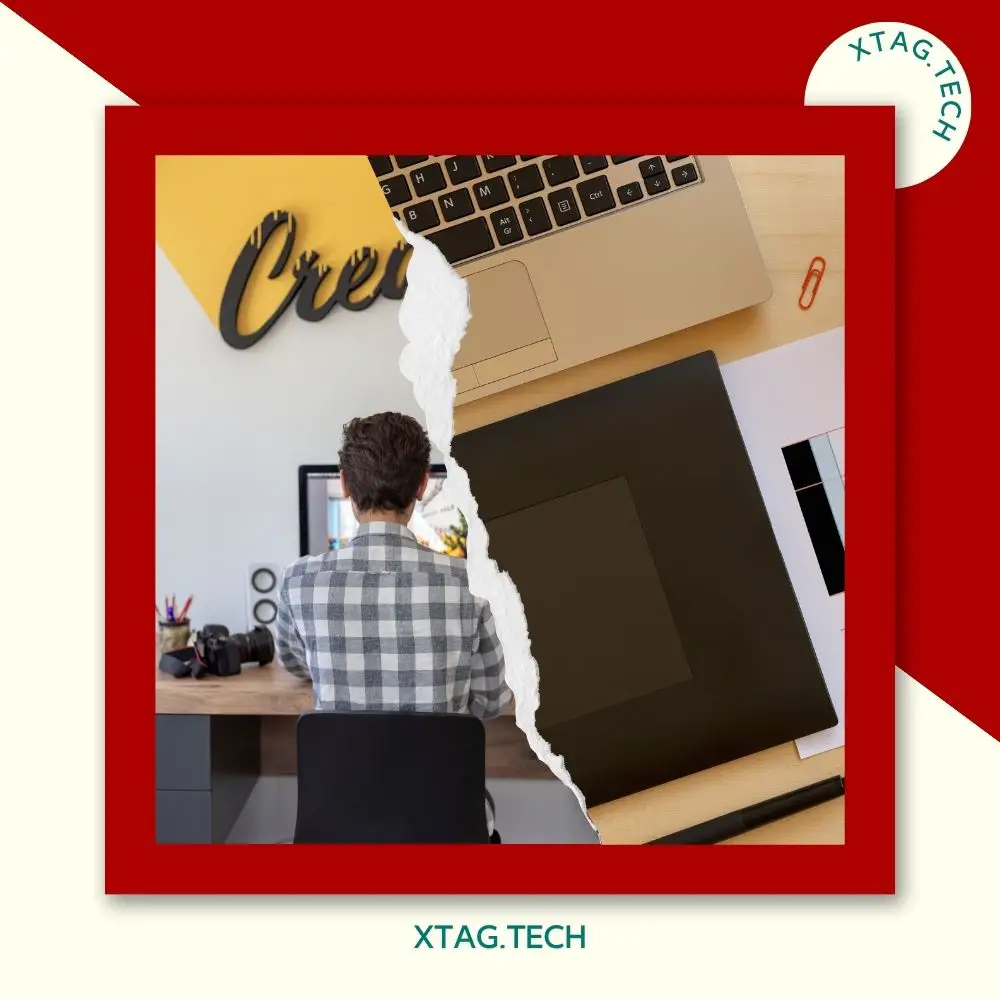
Teespring, on the other hand, offers a more creator-centric model. It allows creators to design and customize their products, set their prices, and market them to their audience. Teespring provides a range of tools to facilitate this process, including integration with popular social media platforms. Creators can choose from a wide range of products to print their designs on, similar to Redbubble. However, Teespring emphasizes the role of creators in marketing and selling their products. They can use Teespring’s services for manufacturing and order fulfillment, which helps in streamlining the process.
Redbubble vs. Teespring: Product Range
Redbubble Product Range: Redbubble offers an extensive range of products that artists can print their designs on. These include, but are not limited to:
- Clothing: T-shirts, hoodies, leggings, dresses, etc.
- Accessories: Phone cases, stickers, bags, notebooks, etc.
- Home Decor: Wall art, posters, tapestries, bedding, mugs, etc.
- Stationery: Greeting cards, notebooks, stickers, etc.
- Gifts: Calendars, magnets, coasters, etc.
The diverse product range allows artists to showcase their designs on various items, catering to different preferences and needs of the customers.
Teespring Product Range: Teespring also offers a broad product range for creators to print their designs on. This includes:
- Apparel: T-shirts, hoodies, tank tops, etc.
- Accessories: Phone cases, jewelry, socks, etc.
- Home Decor: Posters, canvas prints, blankets, pillows, etc.
- Outdoor and Lifestyle: Water bottles, beach towels, tote bags, etc.
Teespring’s product range is slightly more focused on apparel and lifestyle items, making it an excellent choice for those specifically interested in these categories.
Redbubble vs. Teespring: Design and Customization
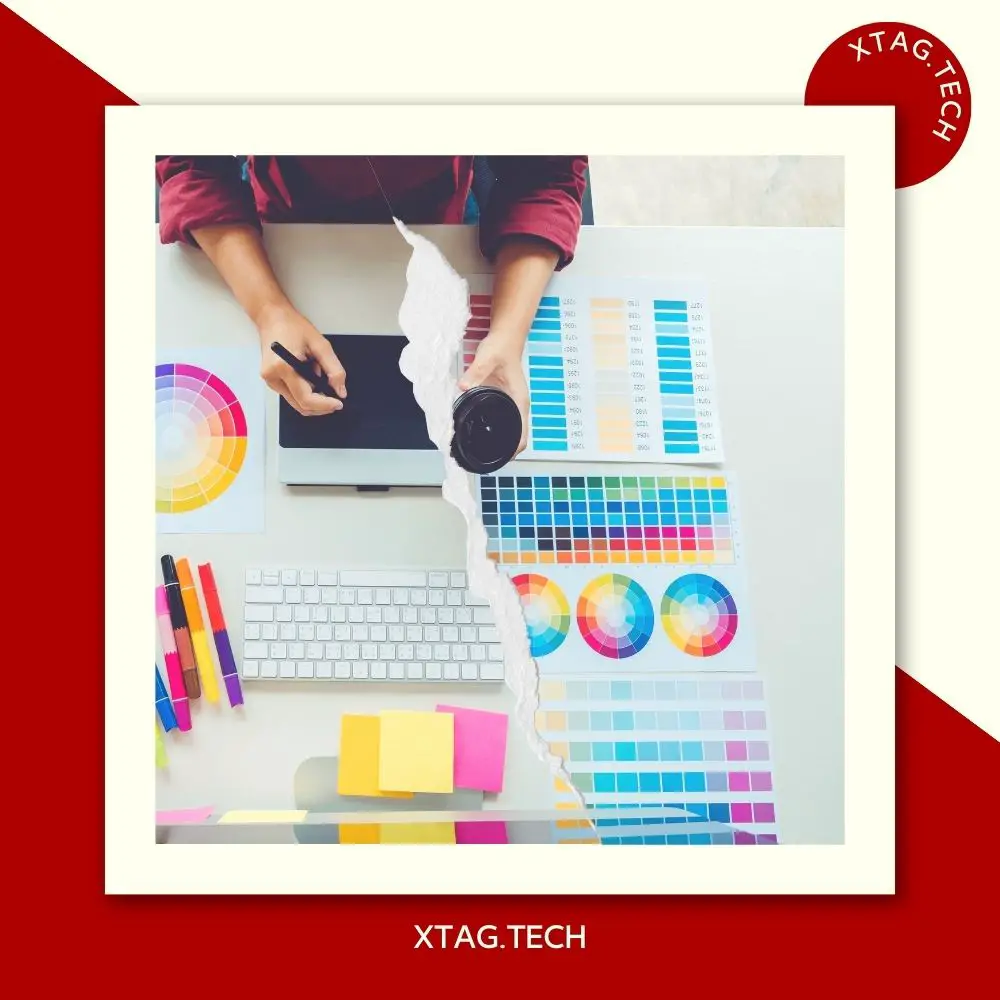
Redbubble Design and Customization: Redbubble provides a user-friendly and robust design and customization platform. Artists can easily upload their designs and artwork, which can then be applied to various products within Redbubble’s range. The platform allows for:
- Multiple Products per Design: Artists can apply a single design to multiple products simultaneously, ensuring consistency across their merchandise.
- Design Adjustments: Artists can modify and adjust their designs to fit specific products, ensuring the best visual appeal for each item.
- Artwork Preview: The platform offers a preview of how the design will appear on each product, aiding in the customization process.
Redbubble’s design and customization tools empower artists to effectively tailor their artwork to suit different products and customer preferences.
Teespring Design and Customization: Teespring offers an intuitive design and customization interface for creators. The platform enables creators to:
- Create Unique Designs: Creators can upload their designs, add text, and choose from a range of clipart and customization options to make their designs unique.
- Product Mockups: Teespring provides product mockups, allowing creators to visualize how their designs will look on various products.
- Text and Graphics Customization: Creators can adjust the placement, size, and colors of both text and graphics within their designs.
Teespring’s design and customization features emphasize giving creators the tools to make their products stand out and align with their brand or artistic vision.
Redbubble vs. Teespring: Business Model
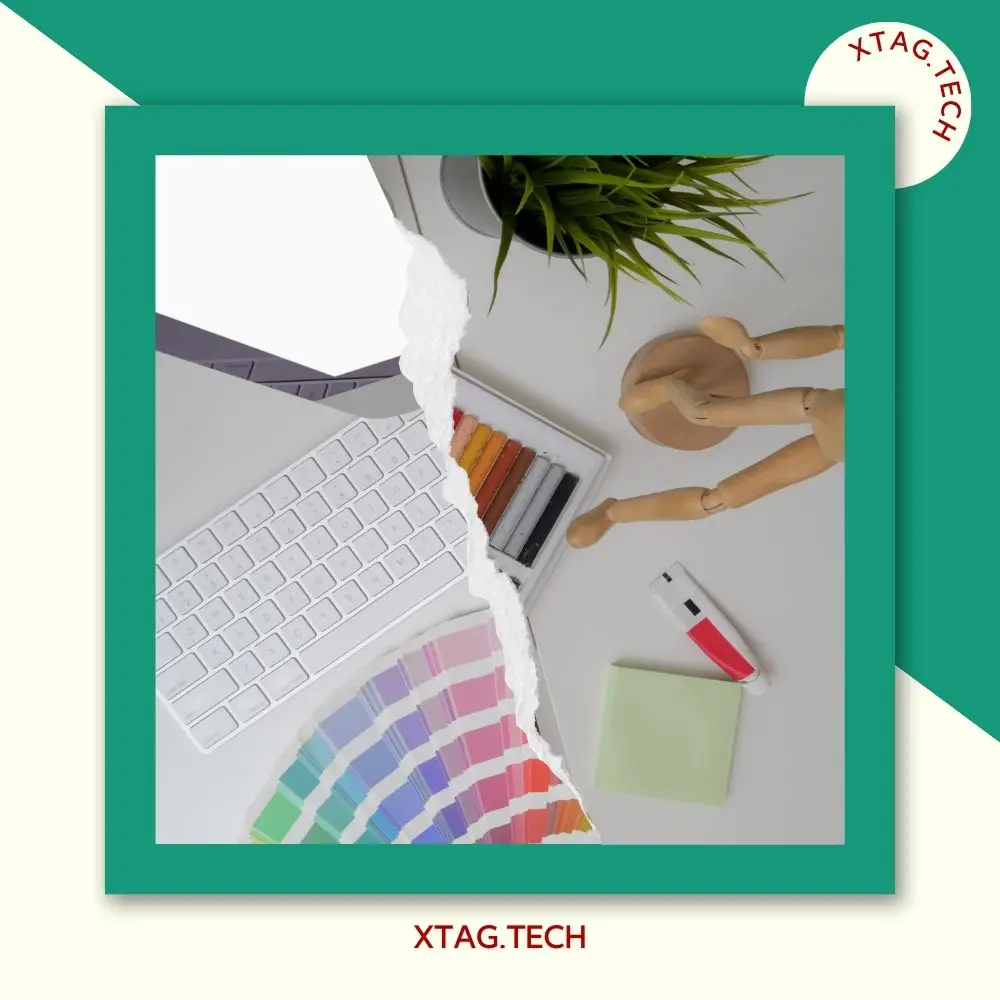
Redbubble Business Model: Redbubble operates as a marketplace, connecting artists with customers. Artists upload their designs onto the platform, which can be printed on a diverse range of products including clothing, accessories, home decor, and stationery. When a customer makes a purchase, Redbubble handles the entire fulfillment process, from printing the design on the selected product to shipping it to the customer. Artists earn a commission on each sale made using their designs, allowing them to focus on creating while Redbubble manages the logistics. The platform’s global reach ensures that artists can showcase their designs to a vast audience.
Teespring Business Model: Teespring empowers creators to design and sell customized merchandise, with a strong emphasis on social commerce. Creators use Teespring’s design tools to create unique designs for a variety of products. They customize the designs to suit each product, determining the design’s placement, size, and colors. Creators set the prices for their products, determining their profit margins. Teespring offers marketing and promotional tools, including social media integration, for creators to reach and engage their target audience. Teespring handles the manufacturing and fulfillment aspects, printing the designs and shipping products directly to customers. Creators earn their profit from the difference between the production cost and the selling price they set.
Redbubble vs. Teespring: Pricing and Profit Margins
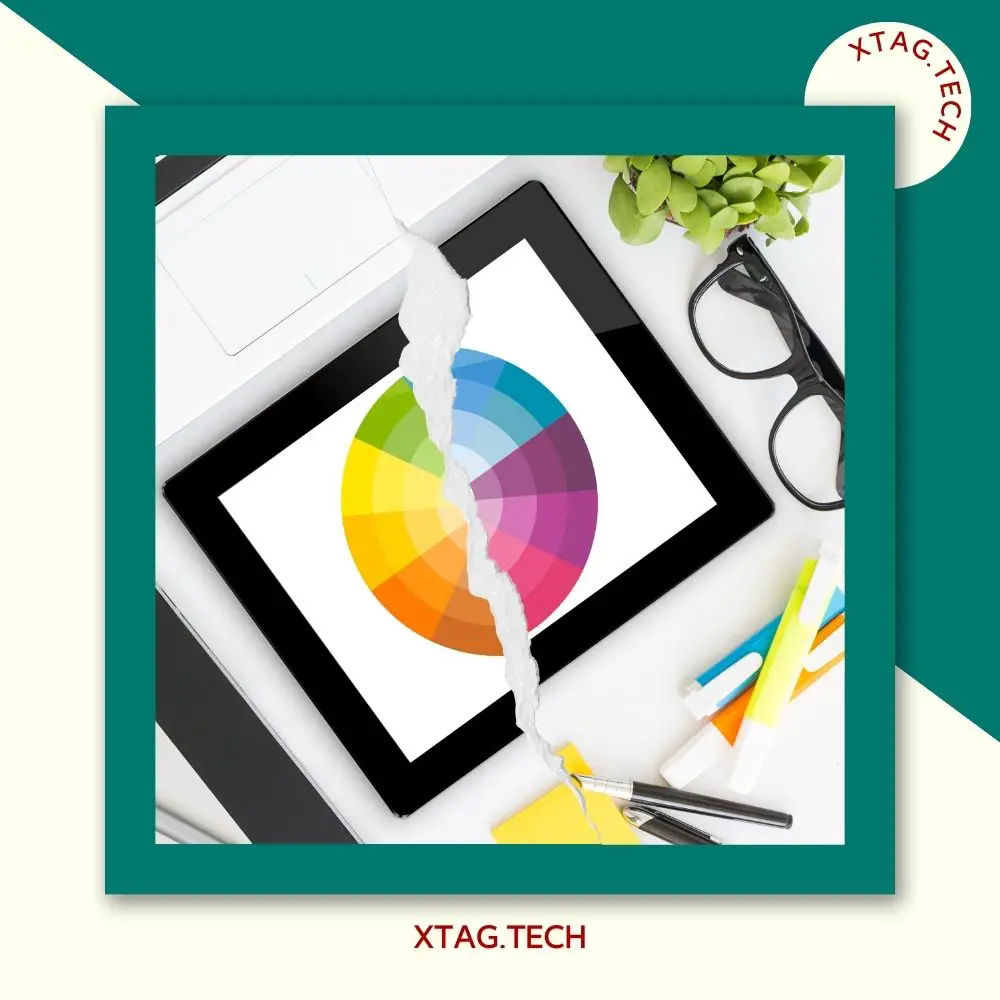
Redbubble Pricing and Profit Margins: On Redbubble, artists have the flexibility to set their profit margins. When a customer purchases a product with the artist’s design, the artist earns a commission based on the sale price. The sale price is determined by Redbubble, which includes the base cost (production cost) and the artist’s chosen profit margin. Artists can adjust their profit margins to suit their financial goals and market conditions. Redbubble’s transparent pricing model allows artists to calculate their potential earnings for each sale.
Teespring Pricing and Profit Margins: Teespring also provides creators with the ability to set their selling prices, allowing them to determine their profit margins. Creators have control over the base cost, which covers production and fulfillment, and can set the selling price by adding their desired profit margin. The profit earned by the creator is the difference between the base cost and the selling price they set. Teespring’s platform offers visibility into the potential profit for each product, enabling creators to make informed pricing decisions.
Redbubble vs. Teespring: Quality and Printing
Redbubble Quality and Printing: Redbubble maintains a reputation for providing high-quality printing on their products. The printing process includes techniques like direct-to-garment (DTG) printing for apparel, which allows for intricate and detailed designs. Redbubble is committed to using quality materials for their products, further enhancing the overall quality and durability. Customers can expect consistent and visually appealing prints across a wide range of items.
Teespring Quality and Printing: Teespring also focuses on delivering quality products with their printing processes. They utilize a mix of printing technologies like screen printing, digital printing, and embroidery, depending on the product type and design. These methods ensure that the designs are accurately reproduced and retain their vibrancy. Teespring is dedicated to using high-quality materials for their products, ensuring customer satisfaction with the durability and feel of the items.
Conclusion

In the realm of print-on-demand and custom merchandise, both Redbubble and Teespring stand out as popular platforms for creators and artists to showcase their designs. Each platform offers a unique approach to help individuals monetize their creativity and reach a global audience. Redbubble provides a marketplace where artists can display their designs on a wide array of products, while the platform manages printing, shipping, and customer service. This hands-off approach allows artists to focus on their craft without the burden of logistical tasks. The broad reach and established brand of Redbubble further enhance the exposure of artists to potential customers.
On the other hand, Teespring empowers creators to customize their products and set their prices, putting a stronger emphasis on social commerce. Creators have control over their profit margins and can utilize Teespring’s tools to market products to their audience. Teespring’s integration with social media provides a direct line to potential customers, making it an attractive choice for those looking to leverage their online presence. Ultimately, the choice between Redbubble and Teespring depends on individual preferences and business goals. Artists seeking a streamlined process and broader marketplace exposure may find Redbubble appealing. Conversely, creators looking for control over their pricing, customization, and marketing strategies may favor Teespring.
In conclusion, both platforms offer opportunities for creators to turn their designs into tangible products and earn income, making them valuable players in the print-on-demand industry.
Redbubble vs. Teespring: FAQs
1. Which platform is better for someone starting out as a creator?
- Both Redbubble and Teespring are suitable for beginners. Redbubble offers a marketplace model with less hands-on involvement, making it accessible. Teespring empowers creators with customization and social commerce tools, providing control and potential for direct audience engagement.
2. Can I sell the same design on both Redbubble and Teespring?
- Yes, you can upload the same design to both platforms. However, be mindful of the terms and conditions of each platform regarding exclusivity and rights to your designs.
3. How are the earnings calculated on Redbubble and Teespring?
- On Redbubble, you earn a commission based on the sale price, which includes the base cost and your chosen profit margin. On Teespring, your profit is the difference between the base cost (production cost) and the selling price you set.
4. Which platform offers better marketing support?
- Teespring provides more direct marketing support with its emphasis on social commerce and integrated marketing tools. Redbubble’s marketplace exposure and brand recognition also contribute to marketing efforts, but the onus is more on the creator to promote their designs.
5. Can I remove my designs from these platforms?
- Yes, both Redbubble and Teespring allow you to remove your designs from the platform at any time. However, be aware of any ongoing sales or agreements that may affect the availability of your designs.
For more detailed information and specific queries, you can visit the official Redbubble and Teespring websites.
